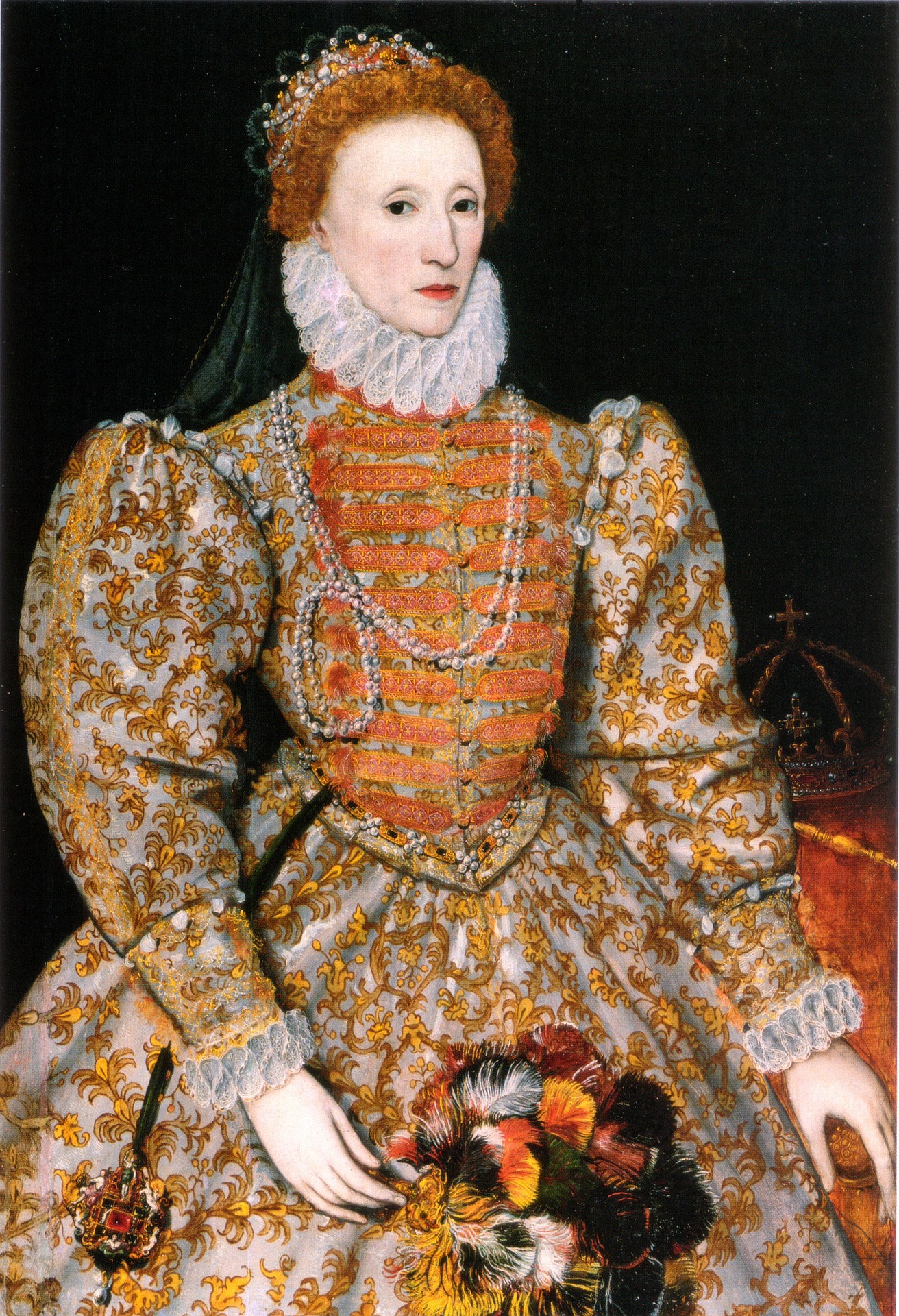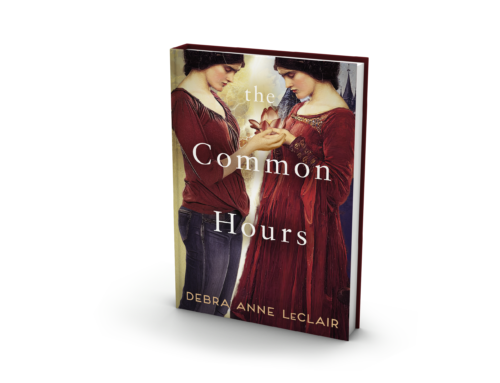On Sept 7th, 1533 at Greenwich Palace, a baby believed to be a prince was born the Princess Elizabeth. Fascinating how her gender was a disappointment, yet she grew up to be one of the most venerated monarchs in English history.
Even for royalty, birthdays in the Tudor era were not marked with much celebration save for the actual day they took their first breath, but only if they were the heir to the throne. Elizabeth was the second daughter born to Henry VIII, the first being Mary (later Queen Mary I) who he had with his first wife, Catherine of Aragon. She was however the first child born to Henry VIII and Queen Anne Boleyn, and thus there were some muted festivities across the kingdom. The sentiment at the time shifted into marking Anne’s capability of birthing a healthy child, allowing hope for a male heir to remain.
In the Tudor era of royalty, instead of commemorating birthdays with gifts and special dinners, you would more likely partake in the feast of the saint’s day that fell nearest to your date of birth. Elizabeth was born either on the eve of the Nativity of the Blessed Virgin Mary, according to the Gregorian Calendar, or within a few weeks from where it falls, in alignment with the Julian Calendar, which was in use in England during the 16th century. In the Church, the birth of Mary was the beginning of the light, as in redemption, extending out into the world. This connection served Elizabeth and her image well as the Virgin Queen, echoing the Virgin Mary for her people to revere and follow.



Leave A Comment